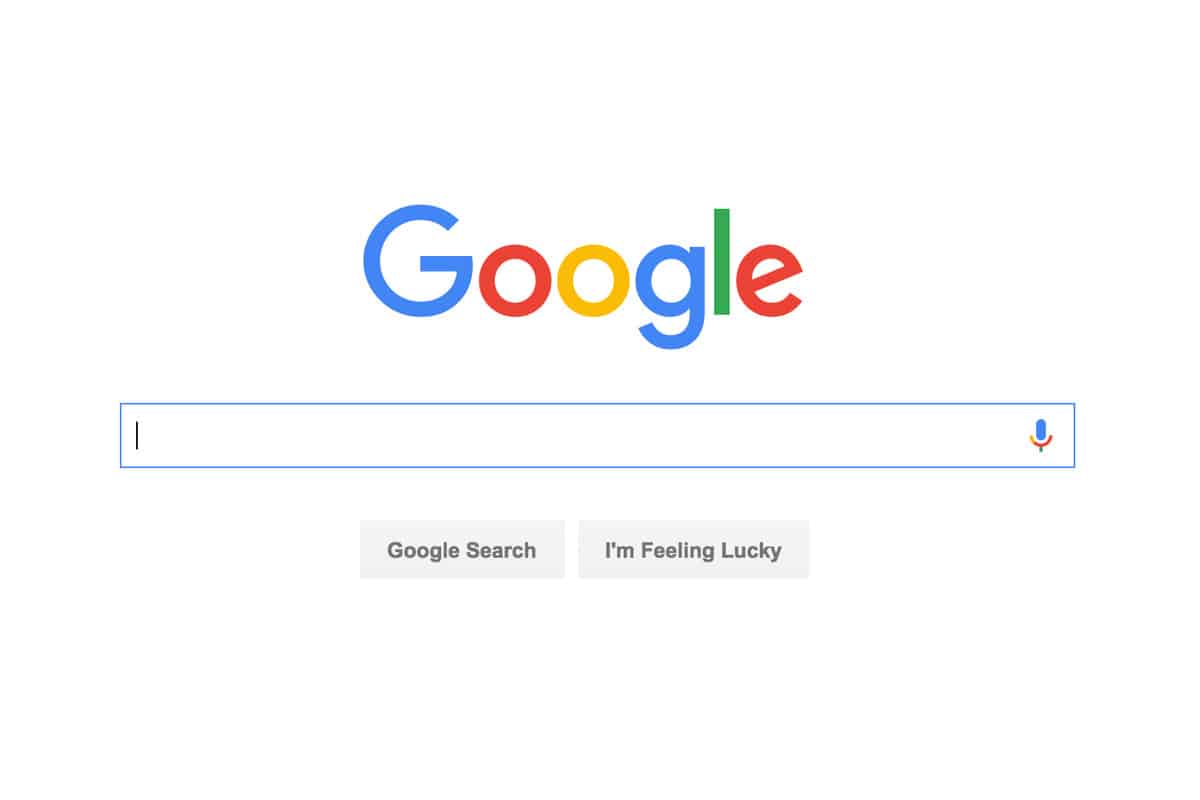Multi-Agency Working
Child protection guidance states “everyone who works with children has a responsibility for keeping them safe… no single professional can have a full picture of a child’s needs and circumstances”. As such, multi-agency working is necessary when assessing a child’s wellbeing or meeting to draw up a child protection plan. Representatives may attend to offer their input about the best kind of care for the child, and those with a professional interest may include:
Midwives or health visitors
Paediatricians or school nurses
Nursery or school staff
The police or the probation service
Local authority and social care staff
NSPCC or other voluntary organisations
Professionals representing the needs of the parents
Professionals with expert knowledge of the situation
Multi-agency working also has a distinct advantage for safeguarding policy design and day-to-day operations. Most Southend Safeguarding Partnership (Childrens) (SSPC) subgroups will be made up of a range of attendees from agencies such as:
Local Authority departments such as social care, public health, housing, youth services and licensing authorities
The local NHS, including Clinical Commissioning Groups, and named doctors, nurses, and midwives
The police, the Police and Crime Commissioner, British Transport Police, and the UK Border Agency
The Children and Family Court Advisory and Support Service (CAFCASS)
The Probation Services and Youth Offending Teams
Schools, colleges, and local training centres
Local voluntary organisations that provide relevant services
Representing various groups in SSPC meetings ensures that the local community is best served by policies that are drawn up following advice from a range of viewpoints. The presence of the various agencies also allows the SSPC to co-ordinate services and ensure the effectiveness of the partner agencies’ policies and procedures.
Explore further
Key downloads

